Scroll Down to Read Today’s Essay
Subscribe to Baseball History Comes Alive for automatic updates (sign-up block found in right side-bar)
As a Free Bonus for subscribing, you’ll get instant access to my two Special Reports: Memorable World Series Moments and Gary’s Handy Dandy World Series Reference Guide!
“Baseball in the 1930s” Photo Gallery
Click on any image below to see photos in full size and to start Photo Gallery:
1930: The Year Offense In Baseball Went “Off the Charts!”
Does anyone have an explanation for what happened in baseball in 1930? There has never been a season in modern baseball history to match the offensive bombardment of 1930. We all know that the 1920s was a decade of increased offense due to the livelier ball, the banning of the spitball and other trick pitchers, and the offensive evolution of the game due Babe Ruth’s emergence as the “Sultan of Swat.” But none of that can account for what happened in the single year of 1930.
A Good Year For Hitters, But Not For Pitchers!
The massive hitting that year resulted in scores that looked more like football scores than baseball scores. Just to give an example, consider Cub pitcher Guy Bush. He pitched 225 innings that year and gave up an all-time National League record of 153 runs on 291 hits, 22 home runs, and 86 walks. Opponents batted .316 against him. His ERA was 6.20.
So with stats like that, what do you think Guy Bush’s record was for the year? Are you ready for this? Fifteen wins and ten losses!! And he wasn’t the only one with lopsided numbers: Ray Kremer of the Pirates won 20 games in 1930—and had an ERA of 5.02!
A Year of Anomalies!
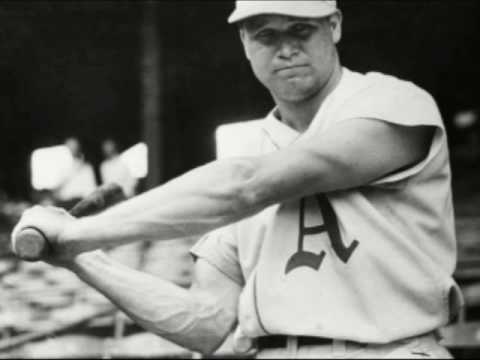
Here’s a few of the offensive quirks recorded in the remarkable year of 1930. Never before or since has baseball seen such exploitation in hitting (information edited from the article “The Online Book of Baseball”):
- The batting average in all of baseball that year, including pitchers, utility men, and defensive guys, was .294. The National League as a whole hit .303 (so if you hit under .303, you were below average!); while in the American League, it was .288. Nine of the 16 major league teams averaged over .300. Seventy-eight major leaguers hit .300 or better.
- Both leagues set new highs in home runs, doubles, and runs scored. The Yankees became the first team in history to score over 1,000 runs—an average of nearly seven per game. On the road, they racked up 591 runs—almost eight runs a game!
- The Cubs’ Hack Wilson had one of the greatest offensive years ever recorded. He set a new National League record with 56 home runs, and a major league mark with an incredible 191 runs batted in that has never been broken.
- Bill Terry’s 254 hits tied the National League mark set by Lefty O’Doul. He became the last National League player to hit over .400.
- The Giants as a team hit .319, the highest ever recorded by one team in modern history.
- Boston Braves’ Wally Burger set rookie records (since broken) with 38 home runs and 119 RBIs.
Even the Lowly Phillies Got Into the Offensive Act!
Now check out some of the things that happened to the last-place Phillies in 1930, playing in the bandbox known as the Baker Bowl:
- The Phillies scored a total of thirty runs in two consecutive games – and lost both games!
- At one point in the season, the Phillies lost at home to the Giants 18-5; to the Cubs 17-4; and on consecutive days to the Cardinals 15-7 and 19-16. (They also won by some gigantic scores, too. They beat the Robins 16-15, the Pirates 18-14; and the Cubs 12-11).
- As a team, the Phillies batted .315, second to the Giants and the third-highest since 1900. They were led by outfielder Chuck Klein, who put up incredible numbers: .386 average, 250 hits (including 59 doubles and 40 home runs), 170 RBIs, and 158 scored. Teammate Lefty O’Doul was close behind with a .383 average. Third baseman Pinky Whitney hit .342. Despite all the hitting, the Phils finished dead last, winning only 52 games while losing 102!
- The Phillies pitching—or its lack thereof—grouped together to set records for futility. The team ERA of 6.71 remains the highest in modern major league history. Opposing teams hit .346 against them, another unbroken, dubious feat.
Meanwhile, the 1930 Pennant-Winning Cardinals
- Third in league batting with a .314 mark, the team notched a modern National League record 1,004 runs, while every one of the Cardinals’ eight regular field starters batted over .300—an accomplishment unmatched before or since.
- Outfielder George Watkins, a 30-year-old rookie, led the team with a .373 average, a record for rookies; veteran second baseman Frankie Frisch batted .346, and outfielder Chick Hafey followed at .336. Platooning with both Watkins and Hafey in the outfield was Showboat Fisher, who appeared in the majors for the first time in six years, batting .374.
Considering the hitting spree that year, Brooklyn Robin Dazzy Vance’s ERA 0f 2.61 is truly remarkable. The second-best ERA in the National League was registered by Carl Hubbell at 3.87. The 1.26 margin between the two is the most in major league history.
What The Heck Happened??
For whatever reason—maybe a deader ball, maybe better pitching, or maybe just the pendulum swinging back the other way—batting averages would plummet in 1931. The American League would drop ten points, while the National League fell a remarkable 26 points to a still-potent .277 average.
-Gary Livacari
Photo Credits: The Charles Conlon Collection, The Leslie Jones Collection, Ballparks of Baseball, ESPN Sports Travel, 90 Feet of Perfection, and public domain
Information: Excerpts edited from “The Online Book of Baseball,”: http://www.thisgreatgame.com/1930-baseball-history.html; and from article by George Bryson,” What Happened to the Hitters in 1930,” in the book, “The 24-Inch Home Run,” page 175.
Check out the new baseball book by our subscriber, Adam Rothstein, “Growing the Game”: https://www.amazon.com/…/dp/B0955BCXDV/ref=as_li_ss_tl
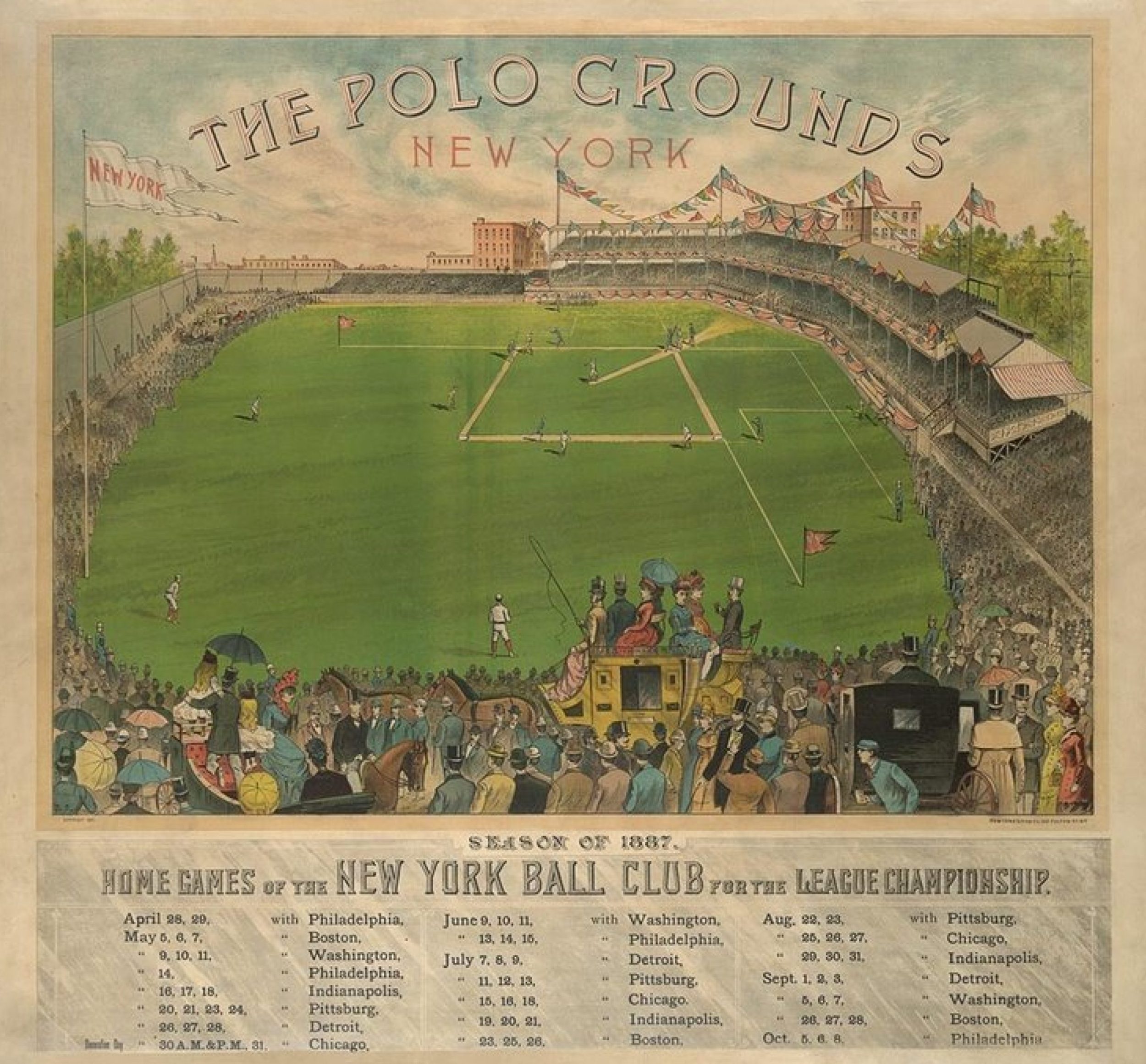
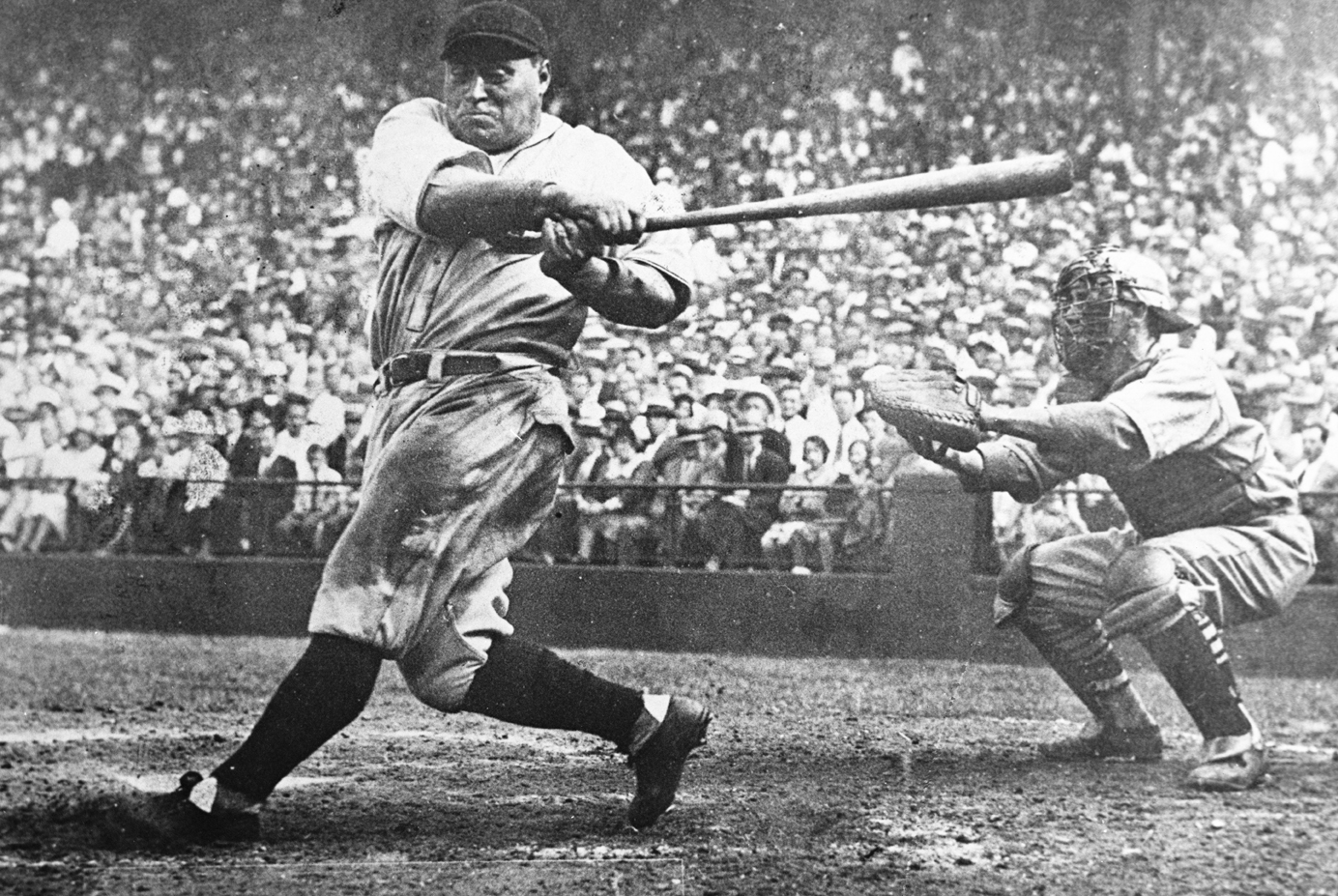
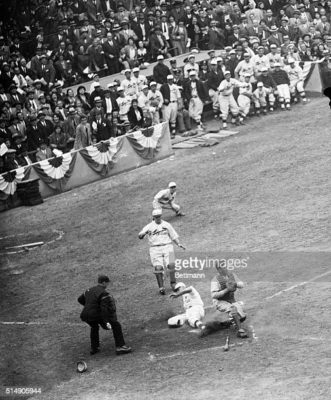
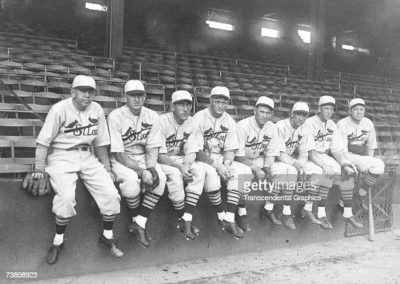
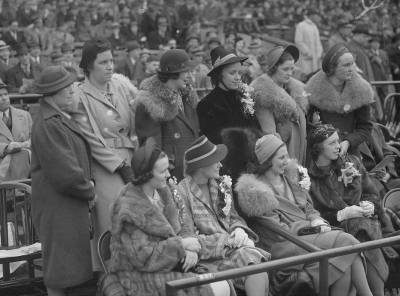
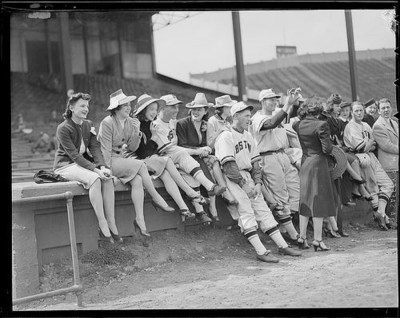
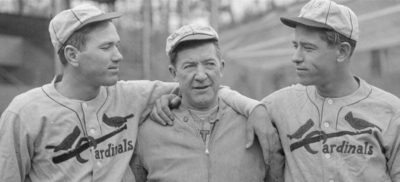
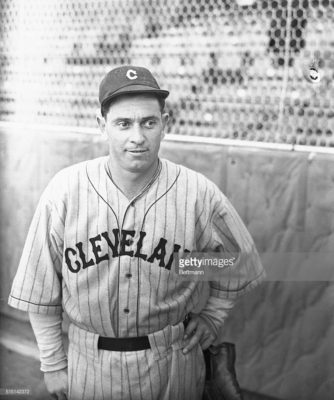
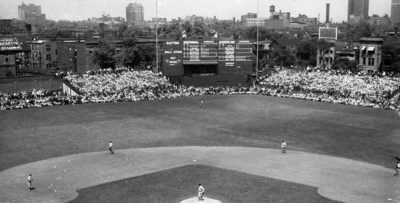
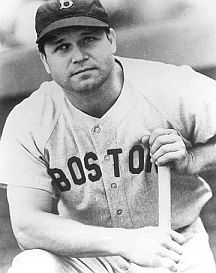
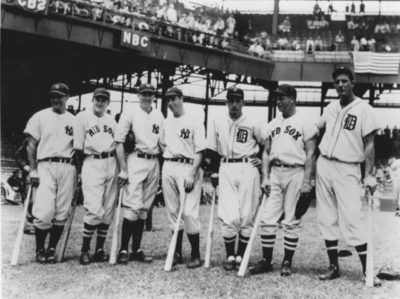
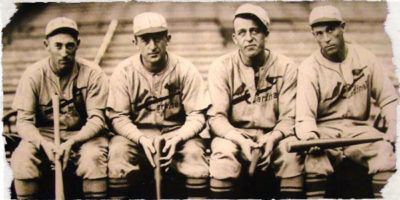
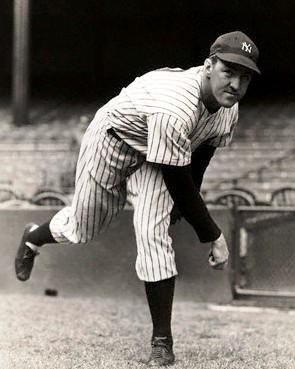
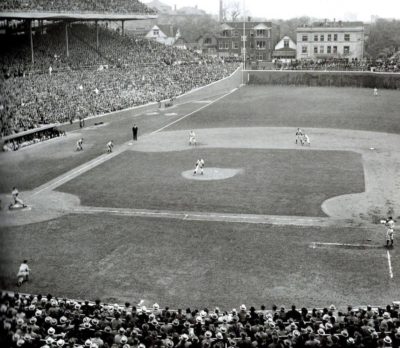
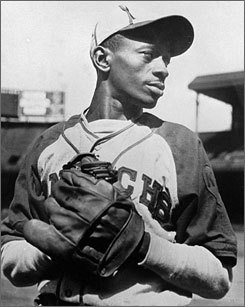
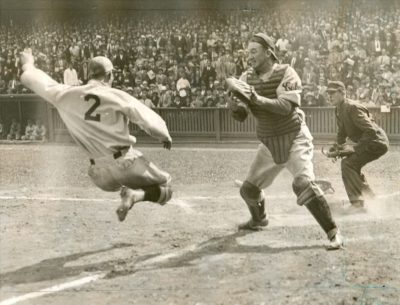
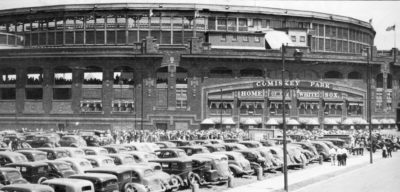
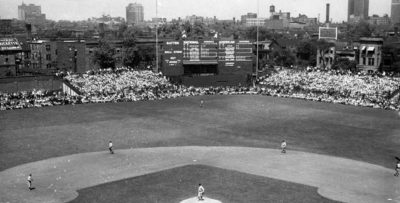
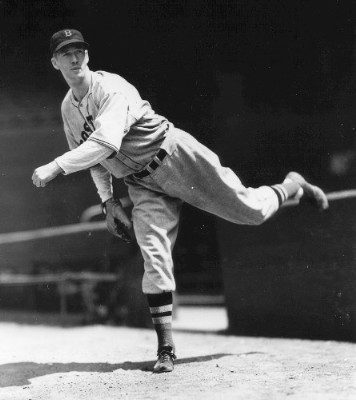
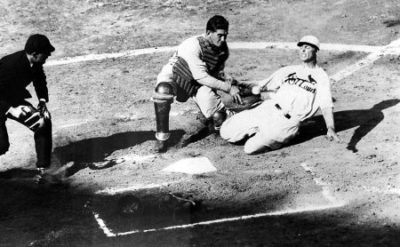
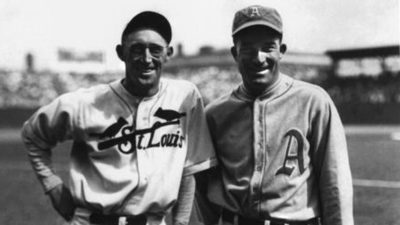
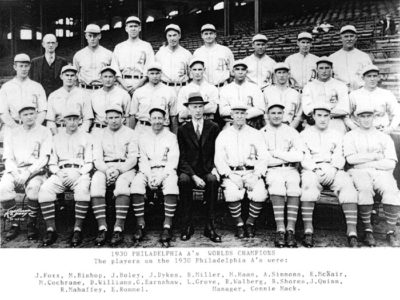
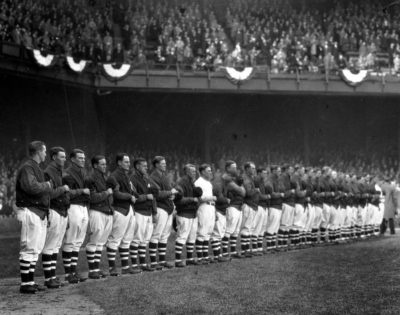
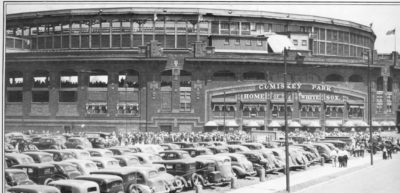
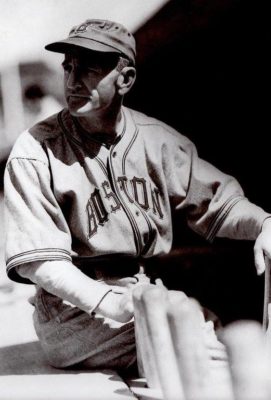
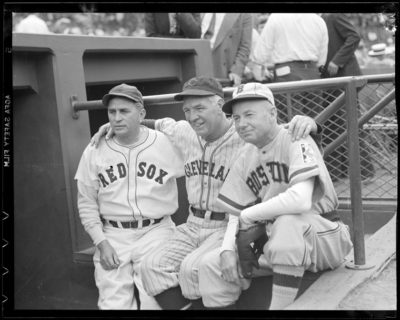
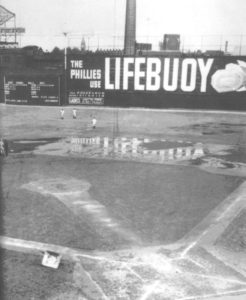
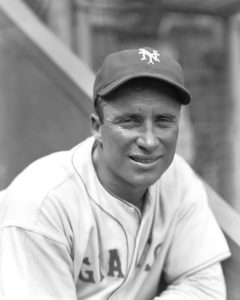
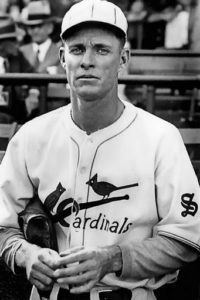
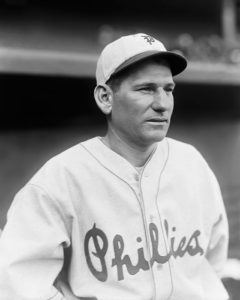
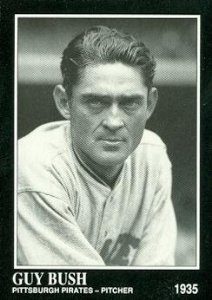
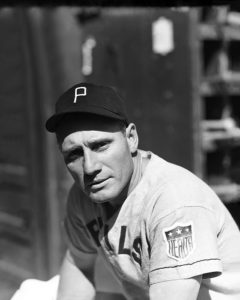
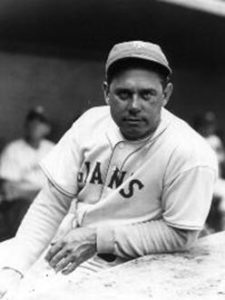
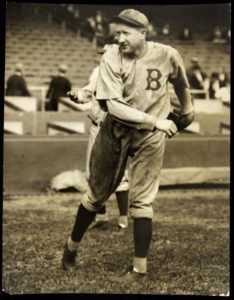
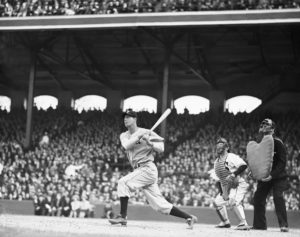
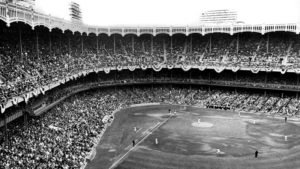
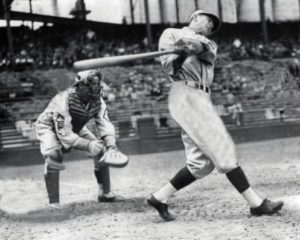
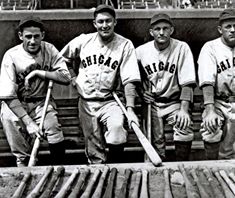
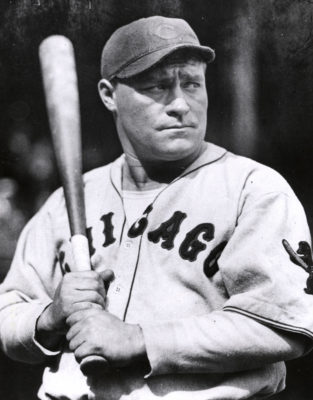
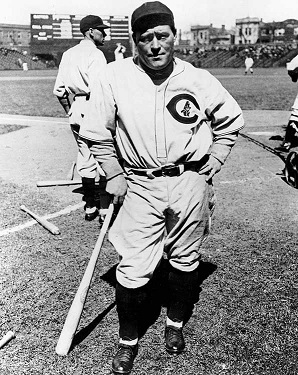

And Lefty Grove was still 28-5!
That in itself is amazing!
Great post! I had thought about doing an episode about the amazing season. Beat me to the punch again Gary! Love the stat on Dazzy Vance and Carl Hubbell! Outperforming his peer pitchers by so much was Gretzky-like!
Thanks Mark. It truly was an one-of-a-kind year with no real good explanation for what caused it. Would make for a good podcast for you guys for sure!
Gary,
Amazing lead shot of Hack Wilson!
Here’s a couple of tidbits to help explain 1930:
(1) Baker Bowl was a monstrosity–280′ down the RF line and just 300′ to right center. Chuck Klein threw out 44 runners playing a short right field. Any medium fly ball was either off the 40′ wall or over it. Right handed batters would go the other way and lefties would pull to take advantage.
(2) There’s a post that claims a NY Times article revealed the owners, at a winter meeting, decided to change the baseball for 1930. It had a thinner cover and lower seams. Pitchers could not grip the ball. Thus, a pitch had no “stuff” as it approached the plate. Batting practice, baby!
(3) How Dazzy Vance managed the situation is mind boggling!
Love it! Thanks, DD
You bet, TOB…and thanks for the great info. I think I have heard that about the ball being changed.
The great Jerome Holtzman had a great write up back in the 1998 on the 1930 season.Little did he (and most everyone else) realize that 1998 was the apex of the steroids era and nothing to do with a “lively” ball.
https://www.google.com/amp/s/www.chicagotribune.com/news/ct-xpm-1998-09-06-9809060276-story,amp.html
That’s a great article, Paul, thanks for sharing. Hilarious stories about Boom Boom Beck and the gin and the worm, with Wilson’s classic retort. Even if it may have been apocryphal.
I still say 2019 saw a ball at least as lively as 1930, with the same seam issues. Can’t they stop meddling?
Seams that way, Bill… : )